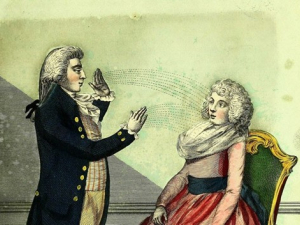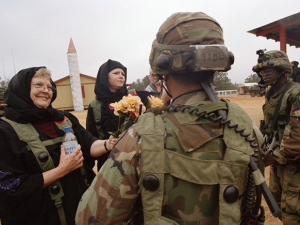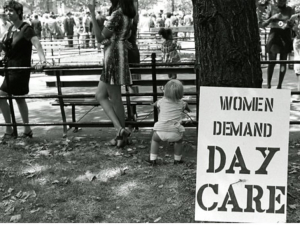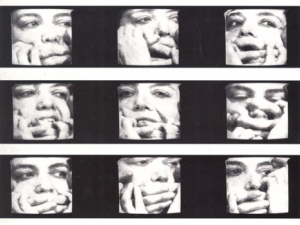SPRING COURSES
Gender & Science: Feminist Studies of Science and Medicine
GSF 89S.03
SS, STS
Ara Wilson
How does inequality affect scientific practice and knowledge?
Do colonial, racist, or sexist contexts matter for the science produced?
Does the identity of the scientist matter?
This seminar provides an overview of research that puts scientists under the lens, studying medicine & science in relation to gender, sexuality, race, and colonialism.
Gender and Everyday Life - GSF Gateway Course
GSF 101S
CCI, SS, EI, W
Kimberly Lamm
Introduction to the way Women's Studies as an interdisciplinary field studies gender in its complex intersection with race, class, and sexuality. The sex/gender distinction; biological determinism, ideology, commodity culture, essentialism and social construction; the sexual division of labor; colonization and post coloniality, imperialism, racialization; and heteronormativity.
Food, Farming, and Feminism
GSF 275
CCI, EI, SS
Saskia Cornes
This course aims to alter our “angle of entry” into debates around agriculture, nature, care, and consumption through feminist inquiry. If the public conversation around food politics is mainly one of consumerist individualism, how might intersectional, ecofeminist, queer, and posthumanist theory shape a vibrant new approach to food? We’ll take on these and many other questions through readings, discussion, and experiential learning with the Duke Campus Farm.
Faith and Feminism in North Carolina
GSF 290S-02
CCI, CZ, EI, W
Amy Laura Hall
This course is on the words of women, written and spoken, who practice both feminism and a religious faith. North Carolina has a deep, diverse history of feminism collaboration and activism, from within particular faith communities and bridging different faiths. We begin with selections from the Women's History Manuscript Collection at the Rubenstein Library, ranging from pamphlets to internal correspondence about strategy, focusing on the 20th Century; and recordings from the Southern Oral History Program at UNC-CH, focusing on the "Women's Leadership and Grassroots Activism" collection.
Money, Sex, Power
GSF 361
AOK, CCI, CZ, MOI, SS
Rachel Gelfand
Feminist research on gender dynamics in markets, economies, and capitalism. Includes empirical studies (e.g., historical, cross-cultural, and sociological research) and theoretical approaches to political-economic critique. Covered topics may include the gender, racial and transnational divisions of labor, the relation between work and family, waged household labor, sex work, sweatshop labor.
Gender and Popular Culture
GSF 362S
CCI, SS, W
Kathy Rudy
· How is a singer remembered?
· How do singers represent themselves sexually?
· How does the race of the artist influence sales?
Race Gender & Sexuality
GSF 364S
AOK, CCI, CZ, MOI, SS
Anna Storti
What is solidarity? How do we live and love across difference? This course explores Asian, Black, Latinx, and Native affinities, focusing on the contributions of minoritarian artists. We engage film, historical archives, and contemporary activism. Readings span Gender, Sexuality, and Ethnic Studies
Feminist Art, 1968 to Present
GSF 390S.3
ALP, CCI, CZ, R, W
Kimberly Lamm
This seminar will introduce students to feminist art: artwork that reveals the effects of images on recognizable definitions of gender, sexuality, race, and class. Feminist art was inspired by, and a significant part of, the Women’s Liberation Movement and the general milieu of protest and critique sparked by the political upheaval of the late 1960s and 1970s. This course therefore involves thinking about how to make connections between artwork, the historical contexts it emerges out of, aspirations for political change, and demands for greater equality.
Im/possible Pleasures: the Erotics of Race
GSF 390S.4
Sunhay You
Given the persistent unintelligibility of violence against racial minorities, it is no wonder that only the most extreme cases of such violence receive media attention. Up against such politics of representation that have required the hyper-visibility of racial-sexual injury, what are the risks and rewards of considering the radical pleasures that race affords? For instance, what are the politics of asserting Black erotic joy up and against racist structures? How have ideas about the erotic then evolved throughout Black and women-of-color feminist writings and creative productions? This course examines how our very ideas and experiences of erotic joy are mediated by the persistence of racial-sexual violence.









